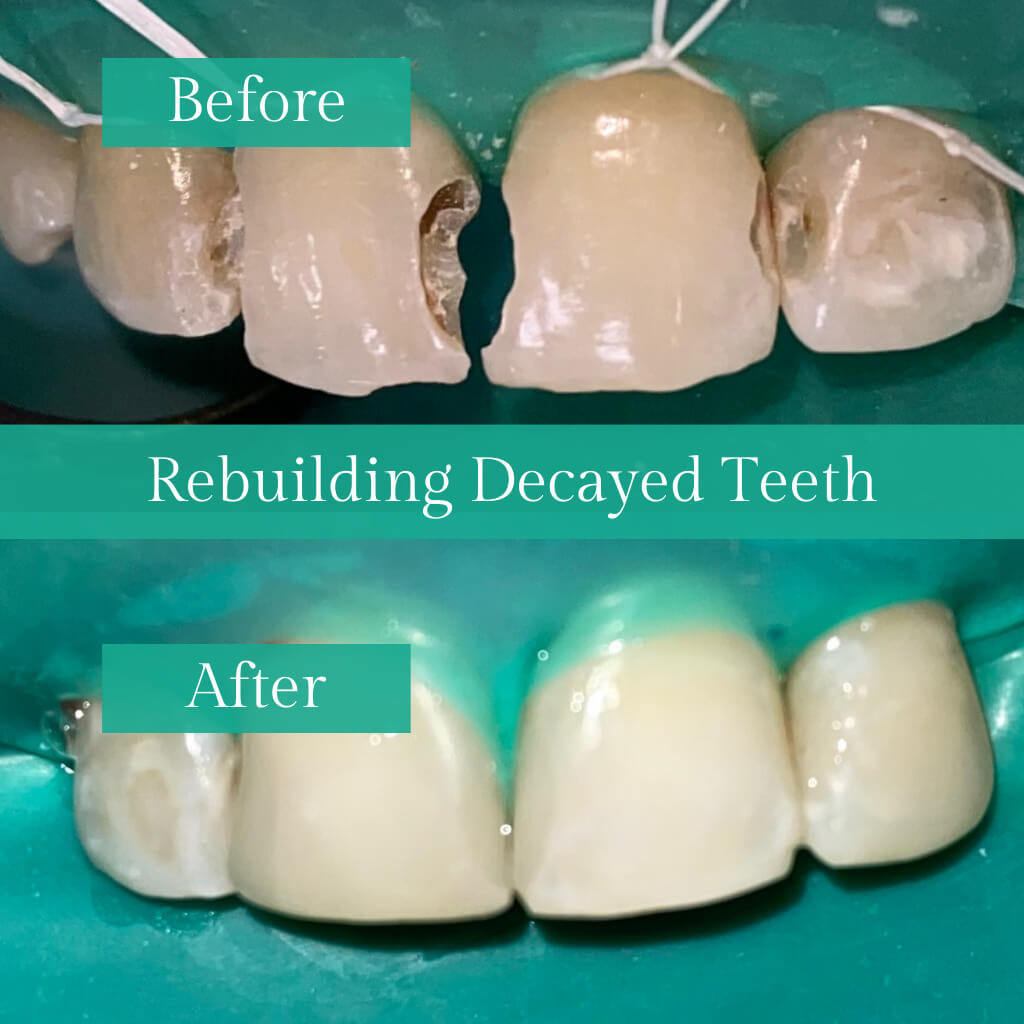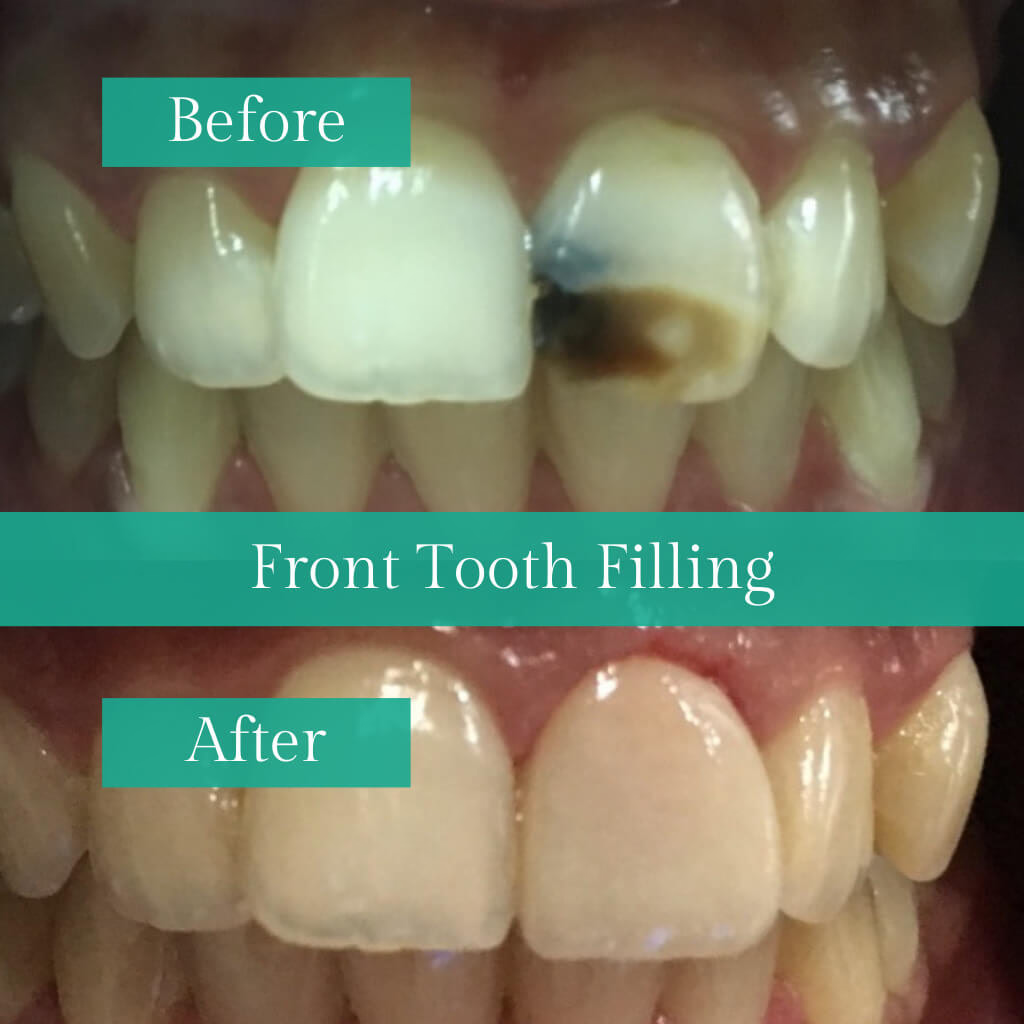Cavity Filling: Exploring Modern Dental Techniques
Embark on our journey through the art of perfect smiles with cutting-edge cavity solutions!
This journey delves into the evolution of dental care, from traditional methods like silver amalgam fillings to advanced technologies such as composite resins and laser dentistry. These innovations not only enhance the esthetics of dental restorations but also prioritize patient comfort and long-term oral health. Throughout this blog, we will uncover how these modern techniques contribute to more precise treatments, minimal discomfort during procedures, and superior outcomes for dental patients. Get ready to discover the latest tricks and technologies that keep your smile healthy and bright!
Key Takeaways:
- Technological Advancements: Modern cavity-filling techniques leverage advanced materials and technologies, such as composite resins and digital imaging, to ensure durable and precise treatments.
- Focus on Minimally Invasive Methods: Dentistry now emphasizes techniques such as laser dentistry and micro dentistry, which minimize discomfort and preserve more of the natural tooth structure.
- Customized Treatment Options: CAD(Computer-Aided Design) technology and CAM (Computer-Aided Manufacturing ) technology enables dentists to create custom-made fillings that fit perfectly, improving functionality and esthetics.
- Overall Improvement in Dental Care: These innovations collectively enhance dental care by promoting longer-lasting fillings, maintaining oral health, and improving patient satisfaction with more comfortable treatment experiences.
1. Composite Resin Fillings: Esthetic Appeal and Strength
Composite resin fillings represent a significant advancement in dental care. They consist of a blend of resin and finely ground particles that closely mimic the natural colour and texture of teeth. This material not only blends seamlessly with natural teeth but also offers excellent durability and strength. Unlike traditional amalgam fillings, which require more tooth preparation and may eventually darken over time, composite fillings bond directly to the tooth structure. This preserves more of the natural tooth while providing lasting support.
2. Glass Ionomer Fillings: Versatile and Protective
Glass ionomer fillings are another valuable option, particularly suitable for areas prone to decay and in pediatric dentistry. These fillings are composed of glass powder mixed with organic acids. They release fluoride, which helps strengthen tooth enamel and provides additional protection against future decay. Glass ionomer fillings are versatile and suitable for small cavities and those near the gum line, where aesthetics and fluoride release are crucial.
3. Minimally Invasive Techniques: Preserving Tooth Structure
In contrast to minimally invasive techniques, invasive dental procedures typically involve more extensive removal of tooth structure. These procedures may include:
- Traditional Drilling: It involves using high-speed dental drills to remove decayed tooth material. While effective, traditional Drilling can be noisy and may involve removing healthy tooth structures to ensure thorough decay removal.
- Direct Pulp Capping: In cases where decay has reached close to the pulp (the inner portion of the tooth that includes nerves and blood vessels), direct pulp capping involves removing a small portion of the decayed tooth and placing a medicated material directly over the exposed pulp to encourage healing and prevent further decay.
- Root Canal Treatment: Should decay or infection penetrate deep into the tooth's pulp, root canal therapy may be required. This entails extracting the infected pulp, meticulously shaping and cleaning the root canal, and then sealing it with a specialized filling material. While effective in saving the tooth, root canal treatment is more invasive than cavity fillings and requires the removal of significant tooth structure.
- Crown Placement: When decay or damage has significantly impacted the tooth, applying a dental crown effectively restores its form, size, strength, and aesthetics. This involves preparing the tooth by removing the outer layers of enamel and dentin to accommodate the crown.
Invasive techniques are sometimes necessary to treat advanced decay or damage to restore the tooth's function and prevent further deterioration. However, they typically involve more removal of healthy tooth structure compared to minimally invasive techniques. Dentists strive to balance the need to effectively treat dental issues with preserving as much natural tooth structure as possible to maintain long-term oral health and function.
4. Digital Imaging and CAD (Computer-Aided Design) CAM(Computer-Aided Manufacturing ) Technologies: Precision in Treatment
Accurate diagnosis is essential before any cavity-filling procedure. Advanced digital imaging and CAD/CAM technologies play integral role. Here, these technologies were explained in a detailed manner:
CAD (Computer-Aided Design): This technology allows dentists to design dental restorations with precision and detail digitally. Using specialized software, dentists can create 3D models of dental prosthetics, including fillings and crowns. CADsoftware enables adjustments to be made easily, ensuring that the restoration fits perfectly within the patient's mouth.
CAM (Computer-Aided Manufacturing): Once the design phase is complete, CAM technology will fabricate the dental restoration. CAMsystems use the digital design data from CADto produce the physical restoration. This process can involve milling machines or 3D printers that use materials such as ceramics or composite resins to create the final restoration.
Together, CAD and CAM technologies revolutionizes dental care by allowing for highly personalized and precise dental restorations. From accurate diagnosis through digital imaging to the creation of custom-fit fillings and crowns, CAD and CAMtechnologies enhances the functionality, aesthetics, and durability of dental treatments, providing patients with optimal oral health outcomes.
5. Laser Dentistry: Precise and Comfortable Treatment
Laser technology has revolutionized dental procedures, including cavity filling. Laser dentistry allows for precise removal of decayed tissue while minimizing discomfort. Compared to traditional drills, lasers preserve more natural tooth structure and often lead to faster healing times and reduced post-treatment sensitivity. This advanced approach enhances patient comfort and ensures effective cavity treatment with minimal disruption. It is a time consuming process, recommended for very small pits of cavity.
6. Sedation Options: Enhancing Patient Comfort
Dental fear is a widespread issue that can significantly affect the outcome of dental procedures. In dental practice, several sedation options are commonly used to manage patient anxiety and discomfort during procedures:
- Oral Sedatives: These medications, such as diazepam (Valium) or lorazepam (Ativan), are taken orally before the appointment to induce relaxation and reduce anxiety. Oral sedatives are straightforward to administer but may vary in effectiveness depending on individual response and dosage. They are generally suitable for patients with mild to moderate anxiety levels.
- Intravenous (IV) Sedation: IV sedation involves administering sedatives directly into the bloodstream through a vein. Medications commonly used for IV sedation include midazolam (Versed) and propofol. IV sedation provides deeper relaxation than oral medications and allows for adjustments in dosage during the procedure to maintain optimal comfort. However, it requires specialized training to administer and monitor, and there is a risk of complications such as respiratory depression or allergic reactions.
- General Anesthesia involves rendering the patient completely unconscious throughout the dental procedure. It is generally reserved for intricate procedures, patients with profound anxiety, or patients with specific medical requirements. Anesthesia medications used may include drugs like sevoflurane or isoflurane delivered via inhalation or IV administration. Also, General anesthesia requires extensive monitoring and recovery time.
7. Advanced Adhesive Techniques: Ensuring Longevity
The Longevity of cavity fillings depends significantly on the adhesive techniques used. Modern adhesive systems enable strong bonding between the filling material and natural tooth structure. This effective seal prevents further decay and maintains the integrity of the restored tooth. Advanced adhesives contribute to durable and long-lasting cavity fillings, ensuring continued oral health and function.
FAQ’s
Conclusion: Your Smile, Our Priority
Explore the evolution of cavity filling with modern dental techniques. From composite resins that match natural teeth to minimally invasive methods like laser dentistry, today's advancements prioritize comfort and durability. These innovations not only preserve more natural tooth structure but also improve aesthetic outcomes, offering practical and lasting solutions for dental care. Whether you need a routine filling or a complex dental restoration, at Hope Dental & Esthetic Clinic, Noida, we prioritize delivering tailored care that guarantees personalized attention and satisfaction, resulting in outstanding outcomes for each patient. Our restorative expert Dr. Manasi Bhoj, has specialized in understanding regenerative techniques and implication of stem cell based technology and its endodontic applications from University of Hong Kong and believes in conservation and preservation as the founding basis for any dental treatment.
Let us help you achieve and maintain a healthy, beautiful smile!




